The Galaxy S22 Ultra is Samsung’s high-end smartphone for 2022 and finds on the market several major rivals, such as the Xiaomi Mi 11. Both equipped with a 108 MP main camera and 6.8-inch high-definition screen with up to 120 Hz, they end up differing in design, amount of cameras, battery, and also in features and accessories.
Launched in 2021, the Xiaomi Mi 11 can be found in gray, blue, or white colors for 749 euros on Xiaomi’s official website. The Galaxy S22 Ultra, on the other hand, was announced by Samsung in 2022 for $1,199 in the 128 GB version. The colors are black, white, green, and wine.
Samsung Galaxy S22 Ultra vs Xiaomi Mi 11
| Galaxy S22 Ultra | Xiaomi Mi 11 | |
|---|---|---|
| Launch | February 2022 | June 2021 |
| Price | US$ 1,199 | EUR 749 |
| Screen | 6.8 inches, up to 120 Hz | 6.8 inches, up to 120 Hz |
| Screen resolution | Quad HD+, 3088 x 1440 pixels | Quad HD+, 3200 x 1440 pixels |
| Processor | Snapdragon 8 Gen 1 (octa-core up to 3 GHz) | Snapdragon 888 (octa-core up to 2.84 GHz) |
| RAM | 8 or 12 GB | 8 GB |
| Storage | 128, 256, 512GB or 1TB | 128 or 256 GB |
| Memory card | no support | no support |
| Main camera | 108 MP Main, 10 MP Telephoto, 10 MP Periscope, and 12 MP Ultra Wide | 108 MP Main, 13 MP Ultra Wide, and 5 MP Macro |
| Selfie camera | 40 MP | 20 MP |
| Operating system | Android 12 with One UI 4.1 | Android 11 with MIUI 12.5 |
| Battery | 5,000 mAh | 4,600 mAh |
| Dimensions and weight | 163.3 x 77.9 x 8.9 mm; 229 grams | 164.3 x 74.6 x 8.06 mm; 196 g |
| Colors | black, white, green, or wine | white, gray, or blue |
Screen and design
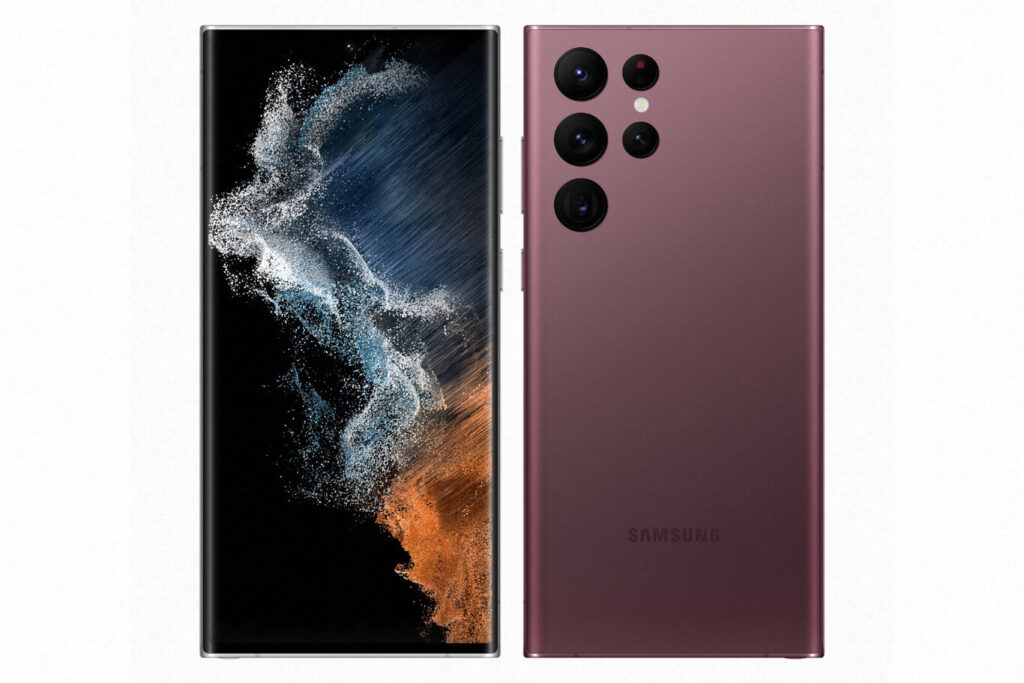
Both devices feature 6.8-inch screens that are capable of playing content with refresh rates of up to 120 Hz. While Xiaomi uses Super AMOLED technology with an estimated maximum brightness of 1,500 nits, the Samsung phone applies Dynamic AMOLED 2X technology, sufficient for 1,750 nits. High brightness on the mobile screen has an impact, above all, on the ease of viewing screen content in very bright environments, or even under the sun.
In the resolution, there are also similarities, with a slight advantage for Xiaomi. The Mi 11 comes with a Quad HD+ screen that adds up to 3200 x 1440 pixels, whereas Samsung’s S22 Ultra has 3088 x 1440 pixels. It’s little difference and you’re unlikely to notice one screen sharper than the other with the naked eye.
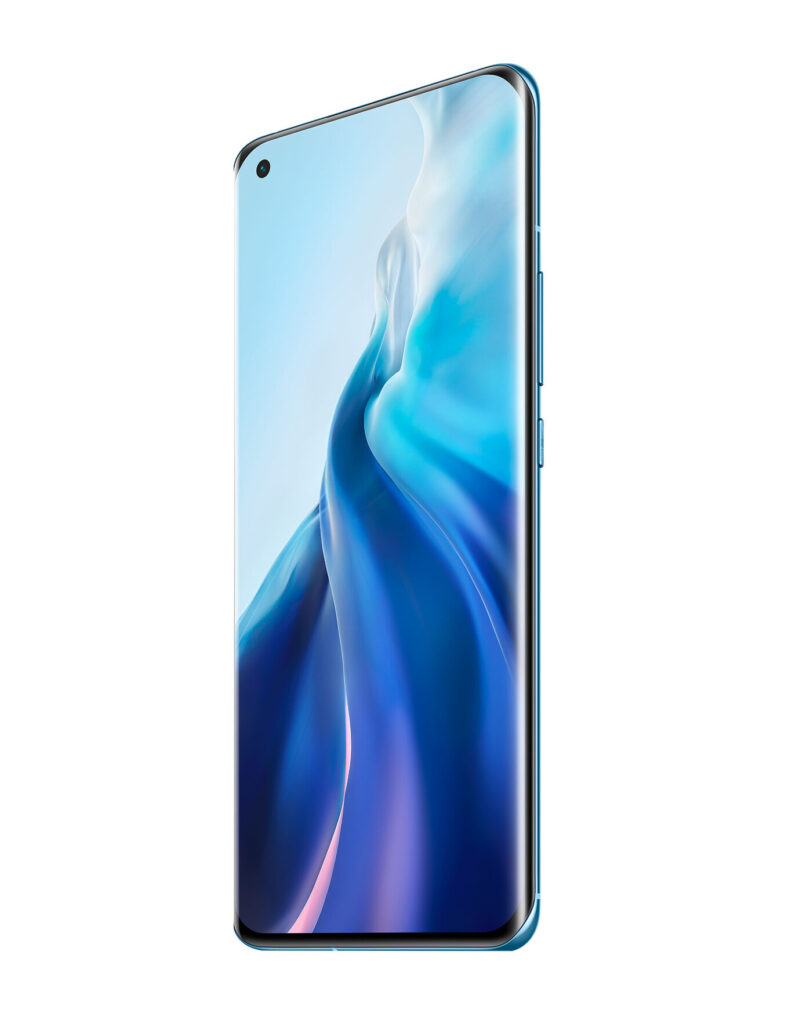
Visually, the two devices are even quite different. The Samsung phone has a more “square” look, reminiscent of the late Galaxy Note. The Xiaomi is curvier, with curved glass on the sides at a more pronounced angle than the S22 Ultra, which has the same detail on the screen.
Both devices promise to be quite tough, as they are coated by Gorilla Glass Victus (Victus+ on the S22 Ultra). Both are composed of aluminum, there is one relevant factor to consider if you are among the more clumsy and accident-prone: between the two, only the Galaxy is certified to resist liquid and particulate dust ingress (IP68).
Cameras
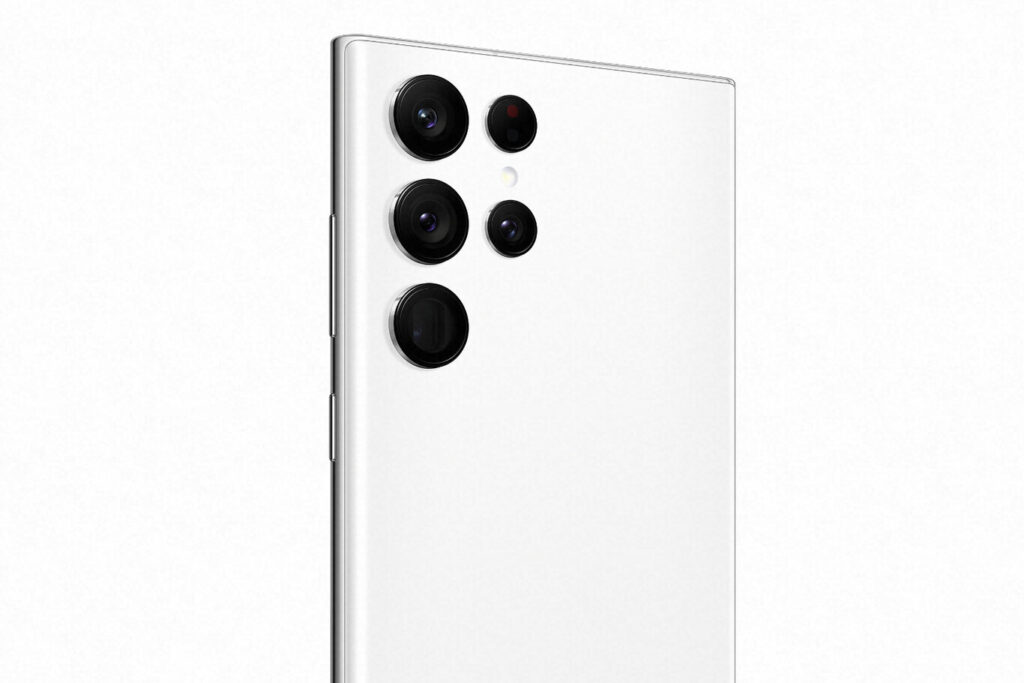
The two smartphones differ greatly in the camera solution adopted by each manufacturer, although you can’t say that there is a clear advantage of one or the other in photo quality just by looking at the datasheet. In numbers, perhaps some advantage falls to Samsung, which offers a four-sensor system:
- 108 Megapixels main and focal aperture at f/1.8 with Dual Pixel autofocus
- 10 MP and f/4.9 periscopic telephoto lens with 10x optical zoom
- 10 MP f/2.2 conventional telephoto with 3x optical zoom
- 12 MP and f/2.2 Ultra-wide
This is virtually the same set offered in the Galaxy S21 Ultra. For the new version, Samsung has valued the improvement in image capture quality in the dark, highlighting a solution that now allows any S22 Ultra photo to come out at 108 MP: in the previous generation, especially in the dark, the system ended up condensing the information of thousands of pixels and generating lower resolution images.
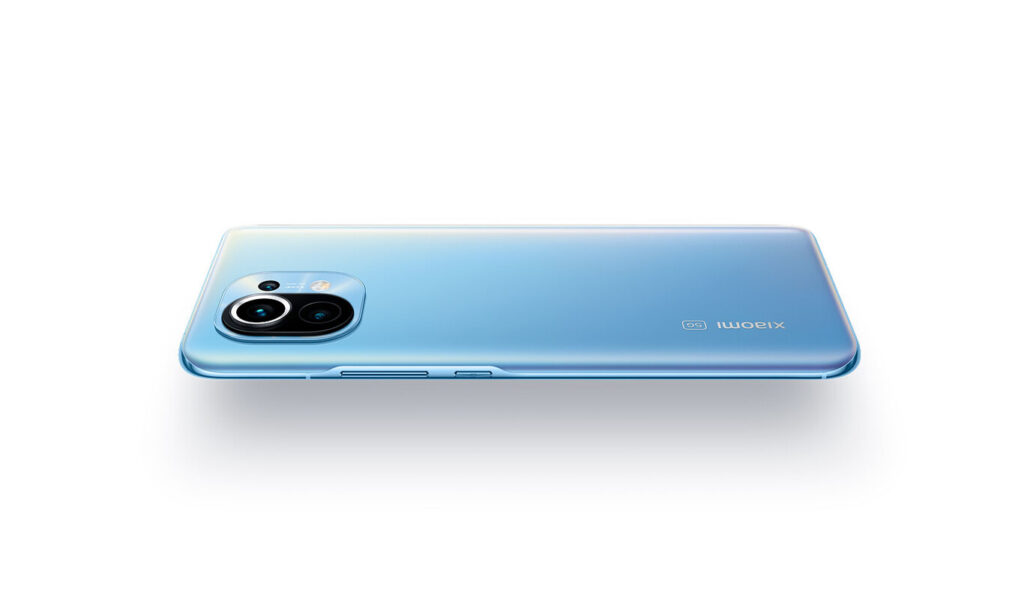
In the Xiaomi Mi 11, there are three cameras, but there is still the presence of a 108 MP sensor:
- 108 MP main with f/1.9
- Ultra-wide of 13 MP with f/2.4
- 5 MP Macro and f/2.4
The big omission in Xiaomi’s case in a sensor-only analysis is the lack of cameras with more leeway for zooming. While the Galaxy S22 Ultra allows you to combine the capabilities of two telephoto lenses for 30x optical zoom, the Xiaomi phone is limited to software zoom, which is more subject to imperfections and noise that can generate blur.
Otherwise, both devices allow captures with the popular portrait mode and offer camera apps with diverse functionality, including applying filters and AI-driven image post-processing for enhancement and highlighting. In terms of video, both phones allow you to record material in 8K with optical image stabilization (OIS) to prevent blur.
For selfies, the two models feature one sensor each: on the Galaxy S22 Ultra, the camera has 40 MP and a relatively open f/2.2 lens. This is the same focal aperture as the lens attached to the 20 MP camera present in the Xiaomi Mi 11 Ultra.
Performance
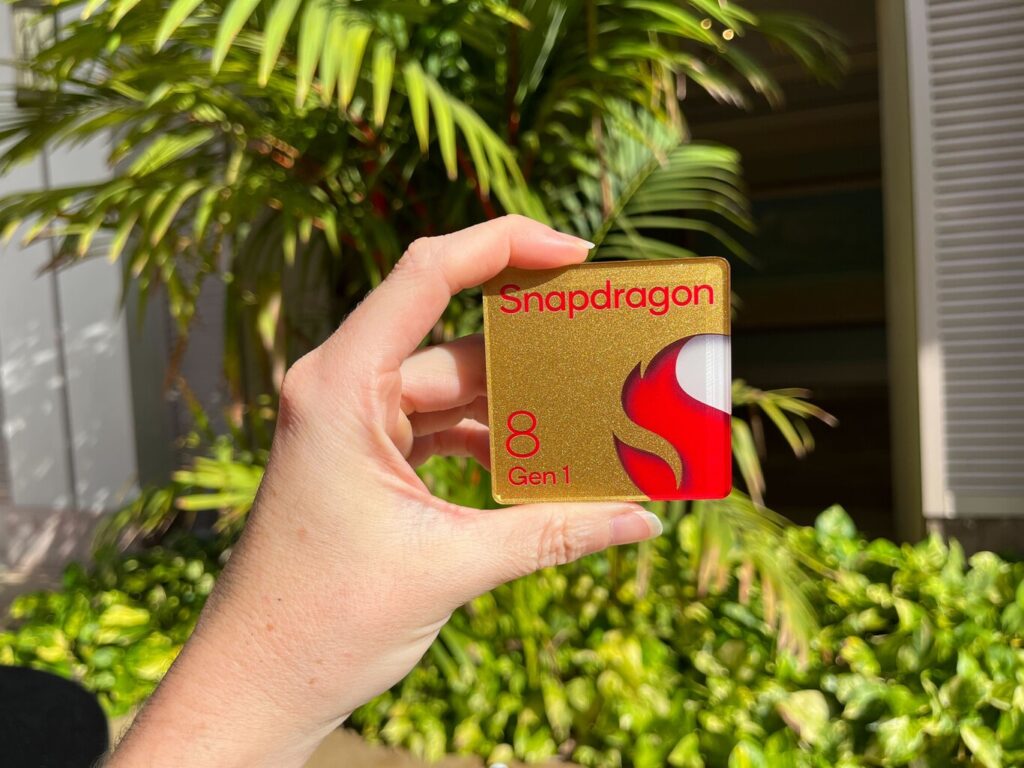
Both high-end phones feature high-end hardware, but naturally, the Galaxy S22 Ultra ends up at an advantage simply because it’s newer. While the Mi 11 comes with the Snapdragon 888, Qualcomm’s highlight in 2021, the new Samsung employs the Snapdragon 8 Gen 1, a direct successor to the 888.
Not that this means that the Xiaomi Mi 11 will do poorly for anyone betting on the product in 2022. The Snapdragon 888 is still among the fastest mobile processors on the market: consisting of eight cores, the chip can reach 2.84 GHz at the highest speed, while the Galaxy goes to 3 GHz at its strongest core.
In RAM, the Mi 11 and the S22 Ultra have 8 GB and 12 GB. As for data space, the Mi 11 is available with 128 GB and 256 GB. The Galaxy S22 Ultra has three configurations: 128 GB, 256 GB, and 512 GB. Neither of the two phones has a slot for microSD memory card installation.
Battery
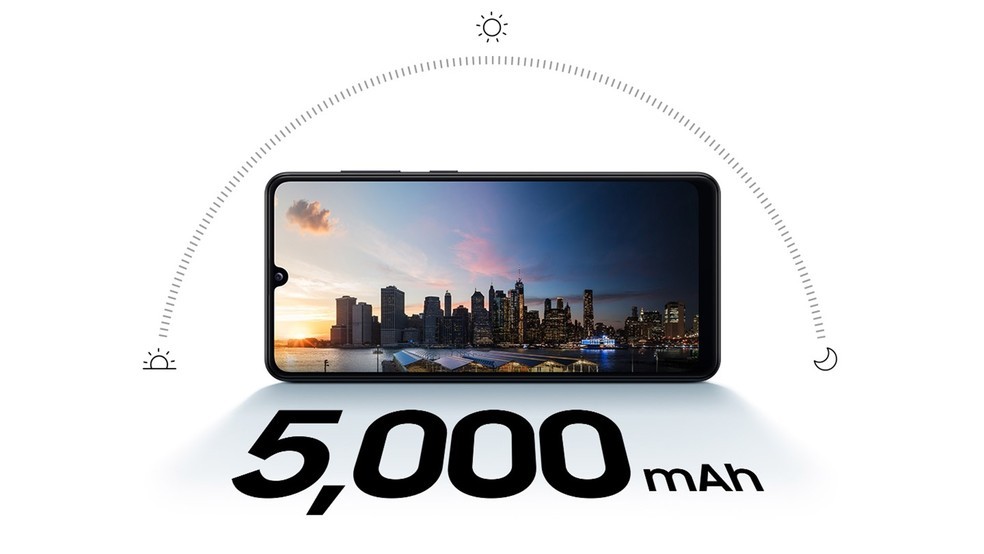
In the battery, it is the Galaxy that ends up with the advantage in numbers: it is 5,000 mAh of raw capacity against 4,600 mAh of the unit installed in the Mi 11. Xiaomi claims that the battery is sufficient for a full day of use, a similar promise to Samsung for the S22.
On fast charging, it is the Xiaomi that stands out with the support of up to 55 W – including an in-box charger capable of reaching that full power. The Galaxy S22 Ultra is 45 W certified, but no such plug adapter comes – the consumer will have to provide a unit on their own.
Android Version
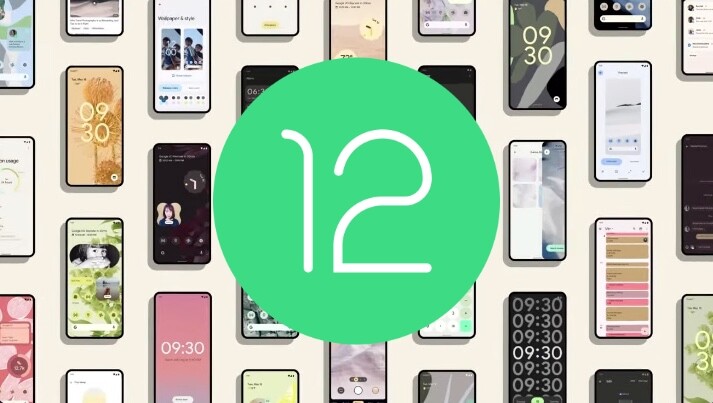
Newer, the Galaxy S22 Ultra comes out of the box with Android 12 already installed – with Samsung’s promise of four years of major updates for the phone, making it possible to imagine the phone receiving the eventual “Android 16” in four years. In addition to the latest Android, the phone also already features One UI 4.1, the most current version of Samsung’s graphical user interface, complete with branded features, services, and apps.
The Mi 11 out of the box with Android 11 is confirmed to receive Android 12, but the update is not yet released to all users: there are reports of the update being released slowly in some countries. As with the Galaxy, the Chinese manufacturer’s smartphone runs on the custom MIUI interface with brand-specific apps, features, and functionality.
Additional Features
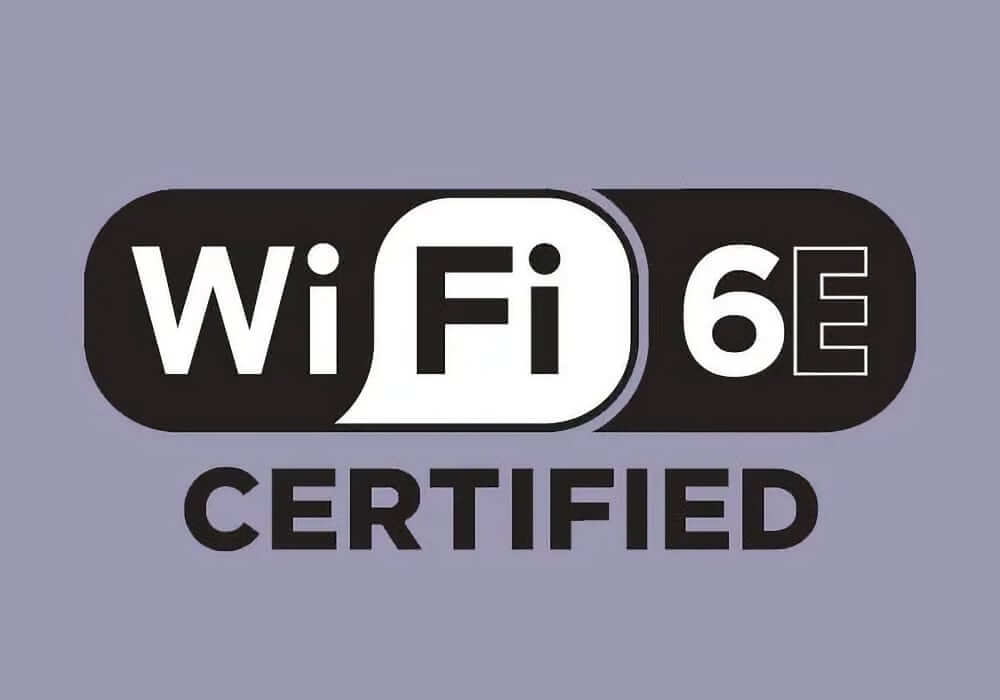
Both phones offer support for 5G phone networks and are also pretty current on other wireless networks: there is Wi-Fi 6 on both (6E on the S22 Ultra), Bluetooth 5.2 with support for high-fidelity codecs to enjoy quality sound on wireless headphones, and NFC to enable proximity payments. The Mi 11, as is common with Xiaomi devices, even has an infrared signal output that lets you use a cell phone as a remote control for TVs, stereos, air conditioners, etc. The trade-off of the S22 Ultra is the UWB offering.
In biometrics, there are fingerprint readers installed under the screens of both models. The difference is that Samsung uses an ultrasonic sensor, in theory, is more accurate than the optical technology used by Xiaomi. In extra features, perhaps what most differentiates the two products is even the offering of the S Pen on the S22 Ultra: mounted on the phone, the electronic pen expands the device’s functionality.
Pricing and Availability
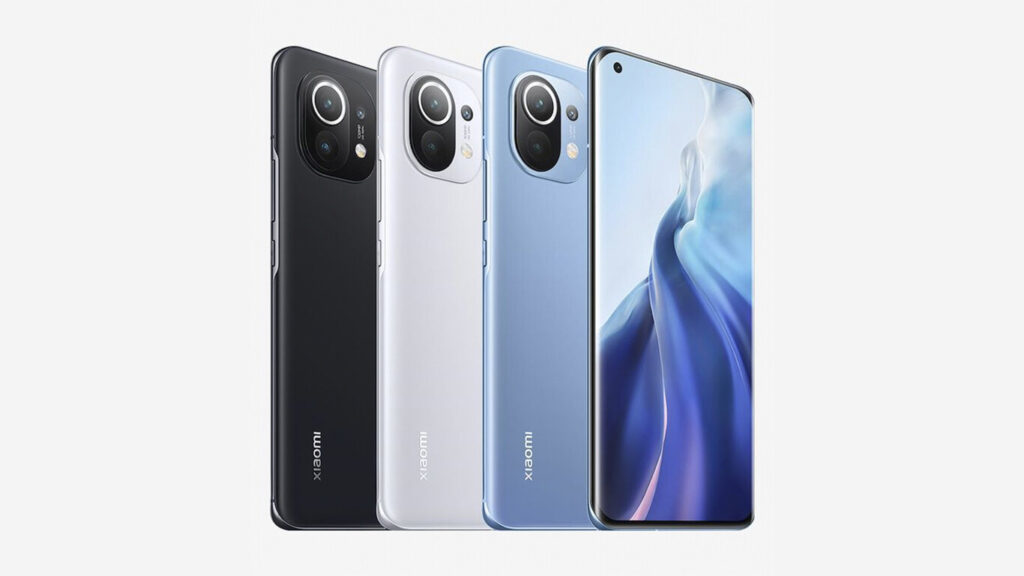
The Xiaomi Mi 11 hit the market in mid-2021 starting at 749 euros while the Galaxy S22 Ultra arrived are available in three versions on Amazon: the 128 GB costs $1,199, the 256 GB, the value is $1,299, while the 512 GB version costs $1,399.
This post may contain affiliate links, which means that I may receive a commission if you make a purchase using these links. As an Amazon Associate, I earn from qualifying purchases.

